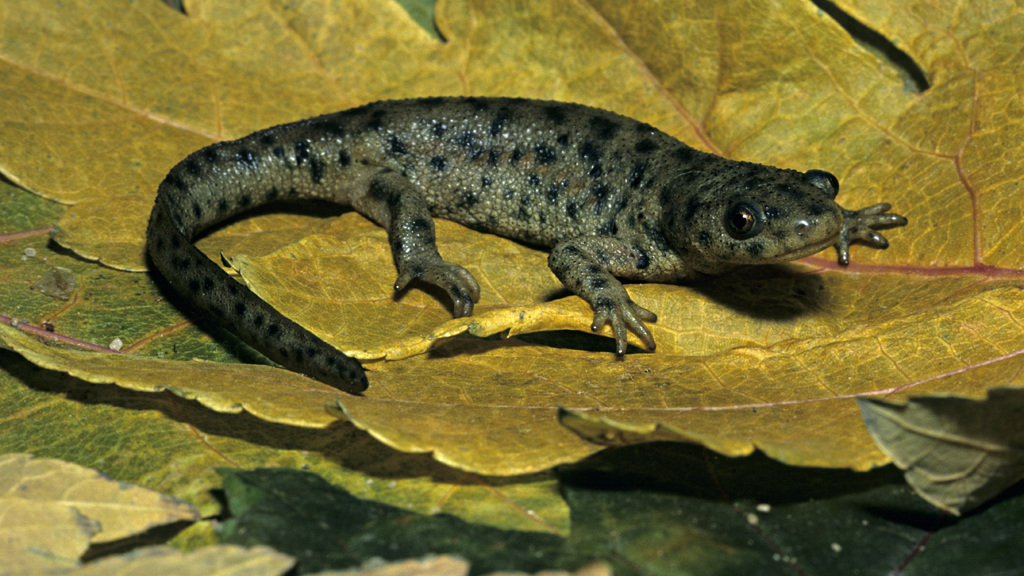Endangered animals ‘need more protection’
The 100 most obscure endangered species suffer from being unknown and need to be better protected to stop them dying out by 2020, a new study has found.

Few people have heard of the Jamaican rock iguana or Tarzan’s chameleon, but they are at risk of dying out completely unless they are protected, warned conservationists.
The international goal of preventing any species dying out by 2020 will not be achieved if the current situation continues, according to a new report with contributions from 8,000 scientists from the Zoological Society of London and the International Union for Conservation of Nature (IUCN).
The report listed the 100 most threatened species and said critically endangered plants and animals should have conservation priority since they were irreplaceable for the Earth, even if they had no economic value for people.
The report “hopes to push the conservation of ‘worthless’ creatures up the agenda that is set by NGOs (non-governmental organisations) from around the globe.”
Lions or pandas get much more attention than newts for example, the IUCN said.
Professor Jonathan Baillie, director of conservation at the ZSL said that over half of the 100 most endangered species are receiving little or no attention and that current conservation policies need a “rethink”.
“The donor community and conservation movement are leaning increasingly towards a ‘what can nature do for us’ approach, where species and wild habitats are valued and prioritised according to the services they provide for people,” he said.
Few people worried about the fate of the Singapore freshwater crab, Ethiopia’s liben lark, the Seychelles sheath-tailed bat or the Luristan newt, found in only in the Zagros mountains in Iran, he warned.
Tarzan’s chameleon, coloured bright green and yellow, was also largely ignored in a shrinking patch of rainforest.
In pictures: A selection of some most obscure endangered animals
Diversity of life
Loss of habitat, caused by a rising human population and other factors such as expanding cities, deforestation, pollution and climate change, are driving more and more species of animals and plants to extinction.
“We need a fund to prevent extinction, resourced by governments, that is in the billions, not millions,” the report said, adding that measures such as an expansion of protected areas or hunting bans were needed.
Mr Baillie said people may have gone too far in recent years in judging animals and plants by the economic value of the services they provide, including food, medicine or as tourist attractions.
“We need to keep the appreciation for the wonderful diversity of life on Earth as the key message, and then other utilitarian arguments have to be additional,” he said.
Governments agreed in 2010 to a plan to protect life on earth that included the aim of preventing the extinction of known threatened species by 2020.